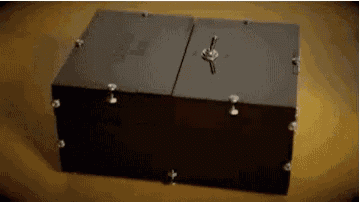Feral Feline
Well-known member
Since you guys are octave up enthusiasts, I thought you might appreciate this. I recently built a couple double-analog-octave up pedals. Basically it’s just 2 green ringers in series, with a toggle to select one or both and of course the footswitch to bypass the whole thing.
The second circuit brings in a whole new sound. You can just barely hear the 2nd octave on certain notes, but mainly it just makes it more pinchy / nasty / aggressive (awesome with fuzz after it). It behaves similarly to the regular green ringer in that it works best with neck pickup playing up the neck.
Once I get around to making a little recording I’ll post a build report. You could of course use the concept with the other octave up circuits.
I attached a graph of what I think is approximately happening with the signal when the 2nd octave circuit is engaged. I did change the input capacitor of the 2nd circuit from 47n to 10n to help that high pass filter (DC coupling cap) work a little faster in theory. The difference is subtle but I think it’s there.
I can’t say if I like it better than the single octave, they’re both cool in their own way, which is why it's great to have the toggle. I have couple more boards I could send if anyone is interested!
+1 for a Demo!
For several years, I've wanted to build an effect with a toggle switch, and this might be the perfect effect for that idea.
Was to be an OD with a toggled fuzz-boost, but this lends itself even better as there'd be no knobs.
Plan is to build the following into it:

Except I'll have to add a 555-timer that ramps up slowly.
1st push, 30 seconds before it turns itself off.
2nd push, 15 seconds before it turns itself off.
3rd push, 3 seconds before it turns itself off.
4th push, 0.5 seconds before it turns itself off.
Have a 3D-printed skeleton hand that comes out from under a "VU-Meter"
Build it, then gift it to a friend that doesn't know what it does.
"Hey, where'd the sound go?"




